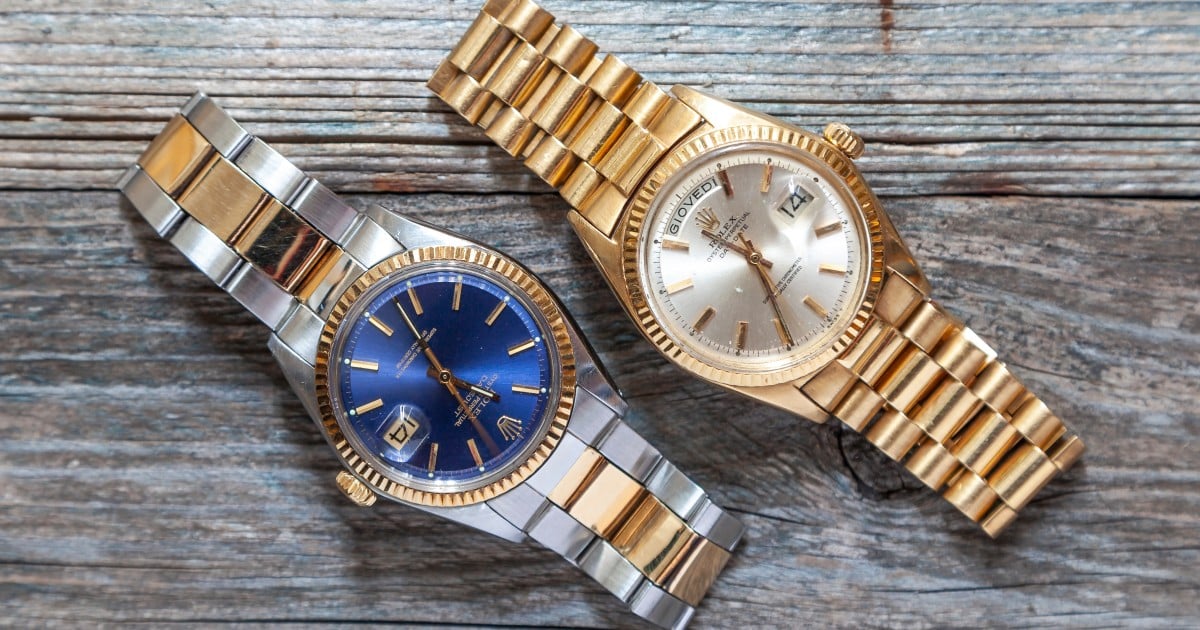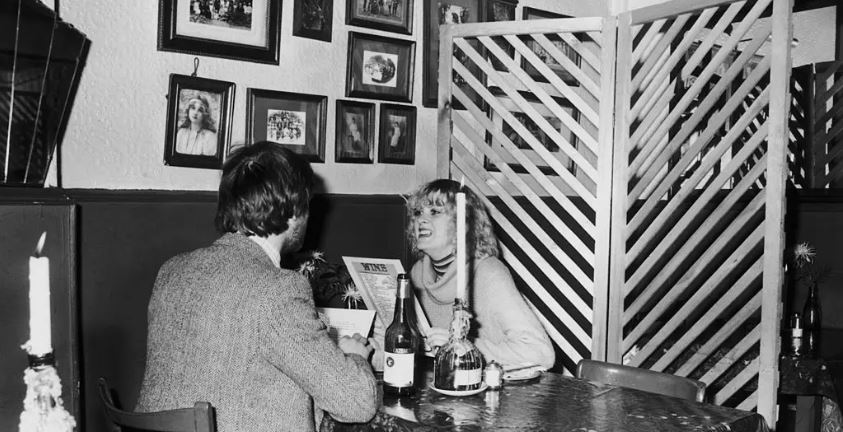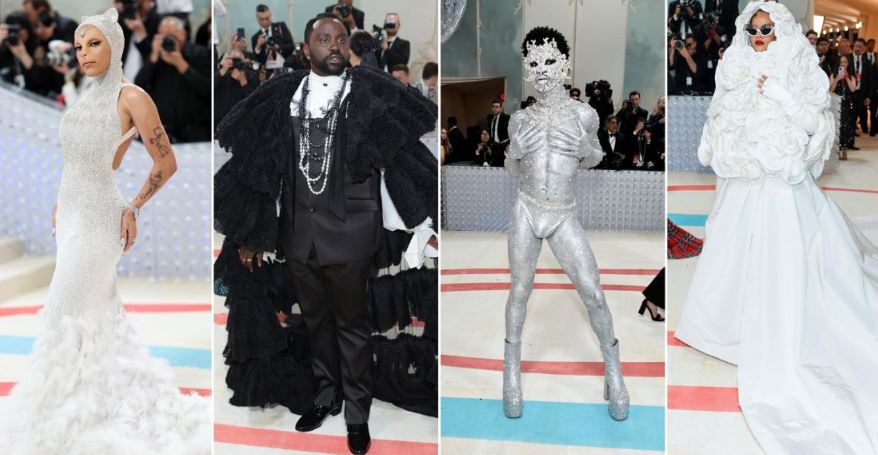Rolex was founded in 1905 by Hans Wilsdorf and Alfred Davis. Wilsdorf and Davis started the company in London, England, and later moved the company to Geneva, Switzerland where it remains headquartered today.
Hans Wilsdorf was a visionary entrepreneur who had a passion for watches and a desire to create a new type of wristwatch that would be accurate, reliable, and accessible to the masses. With this in mind, Wilsdorf and Davis set out to create a wristwatch that would combine the precision and accuracy of a pocketwatch with the convenience and practicality of a wristwatch.
To achieve this goal, Wilsdorf and Davis focused on using the best materials and the most advanced manufacturing techniques to create a wristwatch that was both accurate and reliable. They also emphasized the importance of design and style and worked to create a wristwatch that was aesthetically pleasing and appealing to the consumer.
As a result of their efforts, Rolex became one of the most successful and innovative watch companies in the world, known for its high-quality products, innovative designs, and iconic branding. Today, Rolex is widely recognized as a symbol of luxury, quality, and reliability, and remains one of the most popular and respected watch brands in the world.
Rolex we all know didn’t just become a big brand overnight. The company has some magical strategies they take to out-compete other brands. TheVibely has gathered 9 of Rolex’s marketing psychology tactics that you can also employ in your businesses for both beginners and business moguls already in the game.
1. Picking a global name
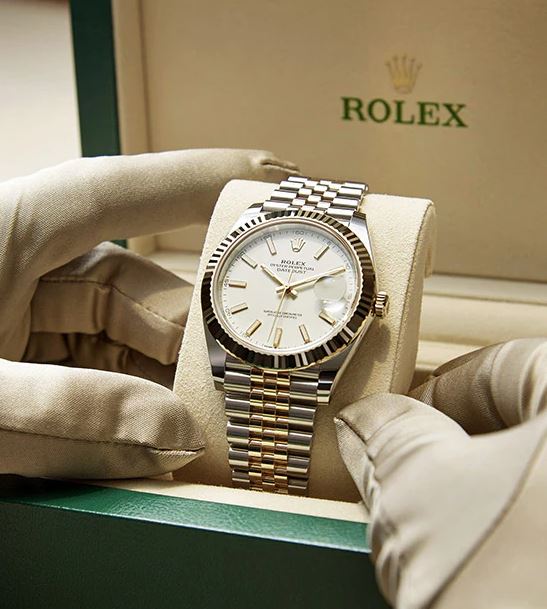
Rolex’s co-founders spent hours finding the right name. Matching together letters from all across the alphabet, they settled on Rolex. Two simple reasons:
- limited syllables
- easy to pronounce globally
That’s two rules you should remember.
Picking a global name for a brand or company is important for several reasons:
- Brand Recognition: A globally recognized name helps build brand recognition and awareness on a global scale, making it easier for customers to associate the brand with a particular product or service.
- Consistency: A global name ensures that the brand is consistently marketed and communicated in all regions, helping to build a consistent brand image and reputation.
- Localization: A global name makes it easier to localize a brand in different countries, as the name may already have meaning and recognition in those markets.
- Expansion: A globally recognized name can help a brand expand into new markets, as it can serve as a strong foundation for marketing and communication efforts.
- Legal Considerations: Picking a global name can help avoid legal challenges and conflicts with existing brands or trademarks in different countries.
In summary, a global name helps establish a consistent and recognizable brand identity, which is essential for successful global expansion and building a strong reputation.
2. Good Timing (Pun Intended)
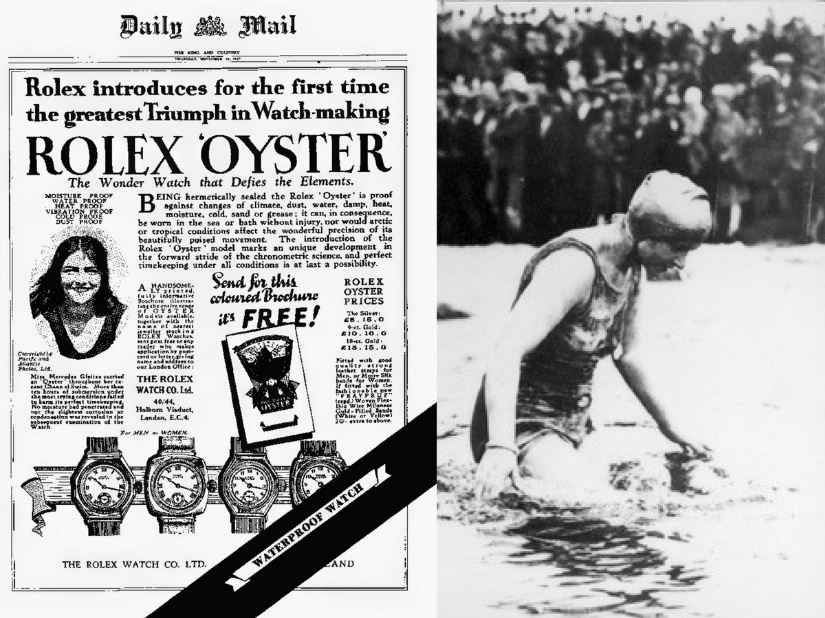
Good timing is important in many aspects of life, and it’s particularly relevant in business. Good timing is a critical factor in business, as it can impact a company’s success, growth, and competitiveness. It is important to pay attention to market trends, consumer demands, and opportunities, make decisions and take action at the right time.
Mercedes Gleitze was a British long-distance swimmer who was the first person to swim across the English Channel twice in a row. In 1927, she swam the Channel for the first time, and she made headlines for her feat. The following year, she attempted to swim a 21-mile stretch of the Channel a second time, wearing a Rolex Oyster watch. This swim helped to demonstrate the waterproof capabilities of the Rolex Oyster, and it played a significant role in establishing Rolex’s reputation as a maker of high-quality and reliable watches.
The successful completion of the swim and the fact that the Rolex Oyster still worked after being submerged in water for hours helped to establish Rolex’s reputation as a reliable brand and cemented its place in the history of timepieces.
She was their first ambassador. Rolex used this to their strength.
3. Show, Don’t Tell
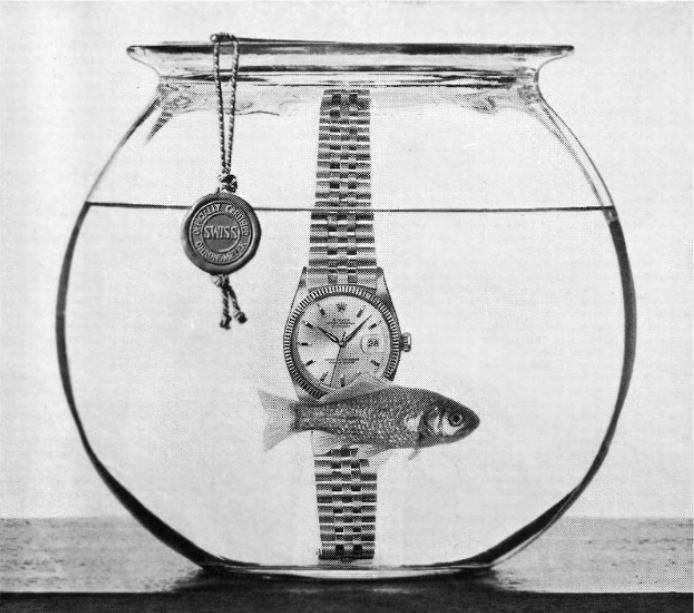
The company took the Mercedes Gleitze experimental story one step further.
After their success with the Rolex Oyster watch, the first waterproof watch of its time, Rolex set up aquariums in each store.
With 1 simple display – enough said…
In short, “show, don’t tell” is relevant in a business because it helps to effectively communicate information, build trust and credibility, and make a lasting impression on customers and stakeholders. It encourages businesses to find creative and memorable ways to demonstrate the benefits of their products, services, and ideas.
4. The Scarcity Effect
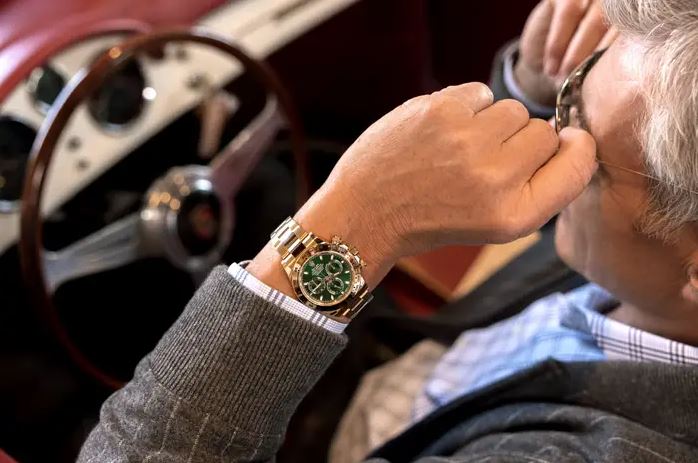
As with any luxury product, scarcity is a profitable consequence.
- but how does it work?
- and how can you create it?
Rolex has used the scarcity effect in several ways to increase the perceived value of their watches and drive sales:
- Limited Edition Models: Rolex has created limited edition models of their watches, which are available for a limited time only. These watches are often highly sought after, and their limited availability increases their perceived value.
- Waiting Lists: Rolex often has waiting lists for their most popular models, creating a sense of scarcity and increasing demand. Customers may be more willing to pay a premium for a watch that is in high demand and difficult to obtain.
- Rarity: Rolex has built a reputation for producing high-quality and reliable watches, and they have also cultivated an image of exclusivity by limiting the availability of certain models. This has helped to increase the perceived value of their watches and drive sales.
- Heritage: Rolex has a rich history and a strong heritage, and they have leveraged this to create a sense of scarcity and exclusivity. Their watches are often seen as a symbol of success and prestige, and their history adds to their perceived value.
In short, Rolex has used the scarcity effect to increase the perceived value of its watches and drive sales. By creating a sense of scarcity, through limited edition models, waiting lists, rarity, and heritage, Rolex has made their watches more desirable and encouraged customers to make a purchase.
5. The Labor Illusion
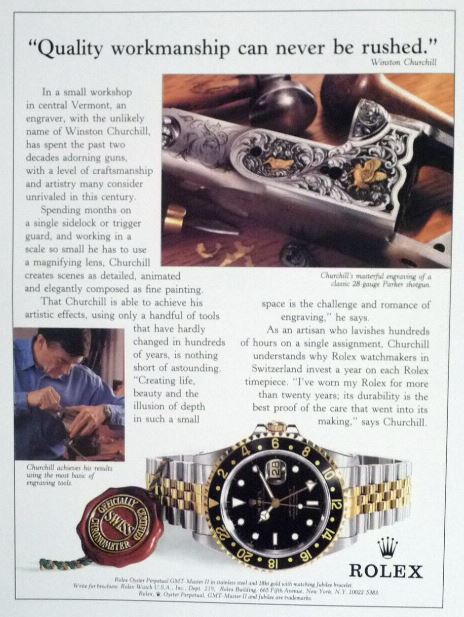
Humans value hard work:
- it symbolizes more value
- increases consumer trust
The labor illusion refers to the idea that the effort put into creating a product can increase its perceived value and desirability. This principle is relevant to Rolex, as the company places a high emphasis on craftsmanship and attention to detail in the production of its watches. Here’s how:
Labor illusion is important to Rolex because it helps to reinforce the idea that their watches are products of exceptional quality and craftsmanship. By emphasizing the effort put into the production of each watch, Rolex has made their watches more desirable and increased their perceived value, which in turn has helped to drive sales and establish the brand as a leader in the luxury watch market.
So Rolex makes sure to showcase the effort they put in. Flawless copy too:
6. Strategic, Long-term Partnerships
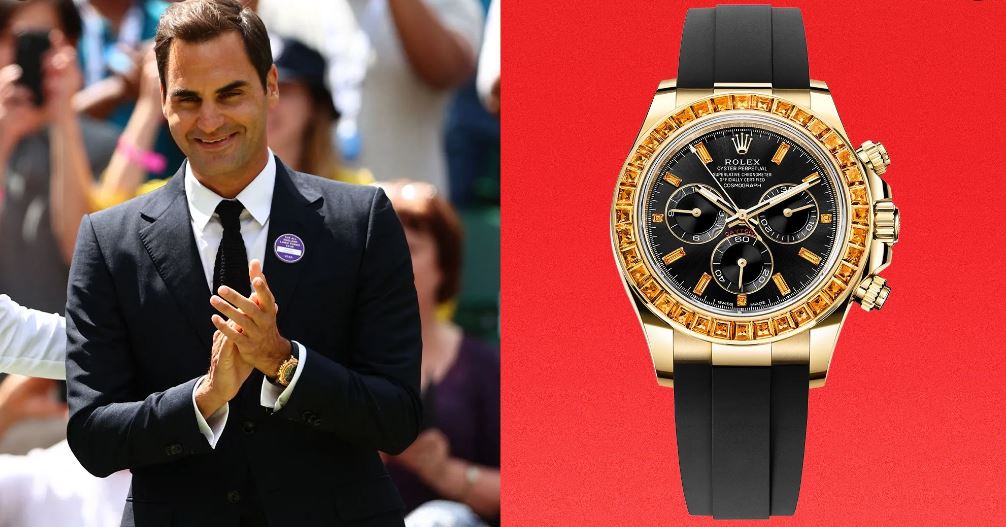
Rolex doesn’t like to gamble.
This conservative approach costs more, but it’s a lot safer. They pick ambassadors that:
- align with their pursuit of excellence
- would never tarnish their reputation
- and are guaranteed hit-makers
Rolex has a long history of partnering with notable individuals, including sports stars, celebrities, and influencers, to promote its brand and products. Here are some popular Rolex ambassadors:
- Roger Federer: Swiss tennis player and one of the greatest tennis players of all time, Roger Federer, is a Rolex ambassador.
- Tiger Woods: American professional golfer and former world No. 1, Tiger Woods, is a Rolex ambassador.
- Maria Sharapova: Russian former professional tennis player and former world No. 1, Maria Sharapova, is a Rolex ambassador.
- Serena Williams: American professional tennis player and former world No. 1, Serena Williams, is a Rolex ambassador.
- LeBron James: American professional basketball player, LeBron James, is a Rolex ambassador.
- Lewis Hamilton: British Formula One racing driver, Lewis Hamilton, is a Rolex ambassador.
- Rafael Nadal: Spanish professional tennis player and former world No. 1, Rafael Nadal, is a Rolex ambassador.
- Kylie Minogue: Australian singer, actress, and influencer, Kylie Minogue, is a Rolex ambassador.
These are just a few examples of the many notable individuals who have served as Rolex ambassadors over the years. By partnering with these individuals, Rolex has been able to connect with a wide range of audiences and promote its brand and products to a global audience.
7. The Little Smiley
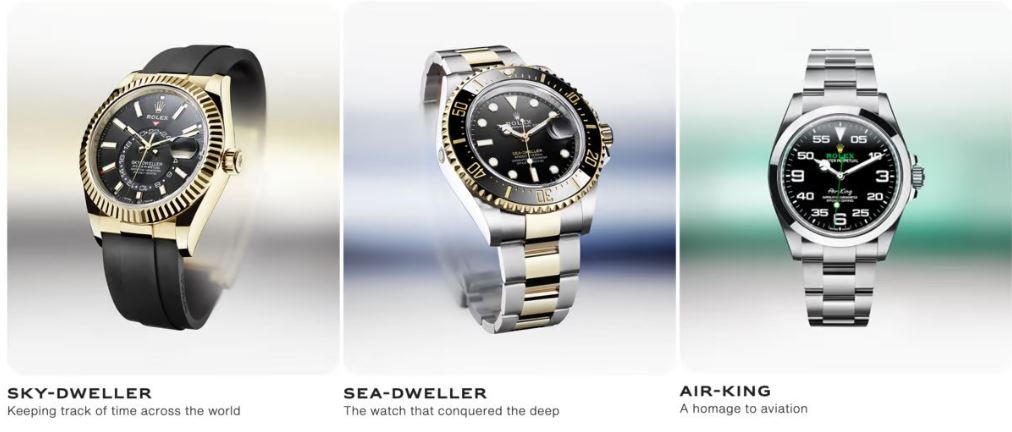
Face Every Rolex ad always shows the same time. And it looks like a little smiley 🙂
But that’s no coincidence.
Research proves that 10:10 is the optimal time setting:
- for enhanced positive emotions
- increased intention to buy
The “Little Smiley” ad campaign was a print advertising campaign created by Rolex in the early 2000s. The campaign was designed to highlight the reliability and precision of Rolex watches, and it featured a simple image of a smiley face drawn on a piece of paper next to a Rolex watch. The tagline for the campaign was “Precision is an attitude.”
The ad campaign was relevant to Rolex because it helped to reinforce the company’s messaging and values in a simple, memorable, and effective way. The campaign helped to increase the perceived value of the brand and drive sales, and it remains a classic example of successful advertising.
Who’s smiling now?
8. The Noble Edge
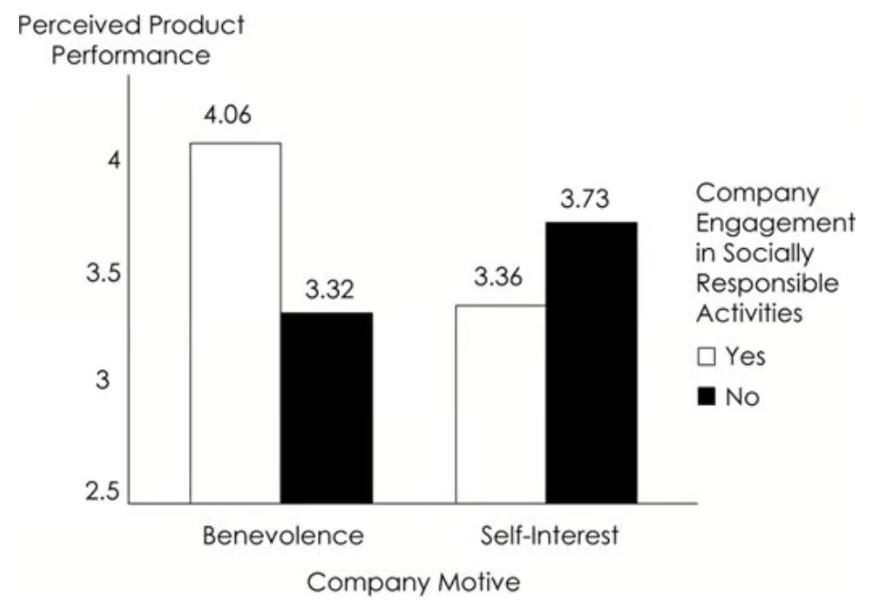
Effect People admire social responsibility.
And when it appears genuine, like in Rolex’s case, it can increase product performance evaluations by 22%
So I’d argue that their not-for-profit status helps them sell a lot more…
The Noble Edge is a marketing and communications strategy that emphasizes the values and qualities that set a brand apart from its competitors. In the case of Rolex, The Noble Edge helps to reinforce the company’s position as a leader in the luxury watch market by highlighting the aspects of the brand that make it unique and desirable.
The Noble Edge helps Rolex by reinforcing the values and qualities that set the brand apart from its competitors. By emphasizing the company’s heritage, precision and reliability, and exclusivity, Rolex is able to increase the perceived value of the brand and make its products more desirable to consumers. This in turn helps to drive sales and establish the company as a leader in the luxury watch market.
9. The “Forever” Guarantee
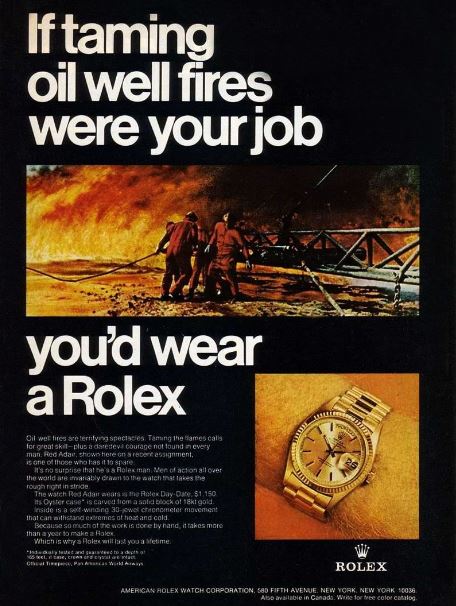
The “Forever” Guarantee is a marketing campaign created by Rolex to promote the durability and longevity of their watches. The “Forever” Guarantee emphasizes the idea that Rolex watches are built to last and are designed to be passed down from generation to generation.
It is relevant to Rolex ads because it helps to convey the idea that Rolex watches are not just luxury items, but an investment that will last a lifetime. By emphasizing the durability and longevity of their watches, Rolex is able to increase the perceived value of the brand and make their products more desirable to consumers.
At this point, I’ve gone through far too many Rolex ads and observed 1 common trend, an emphasis on durability.
“If taming oil well fires your job, you’d wear Rolex” is one of my favorite ads from Rolex:
The statement “if taming oil well fires is your job, you wear a Rolex” is an example of an advertising slogan or tagline. The statement implies that Rolex watches are a symbol of success and prestige and that if you have a dangerous and challenging job like taming oil well fires, you wear a Rolex as a sign of your success and mastery of your profession.
The slogan is meant to appeal to consumers who are looking for a symbol of success and prestige, and who want to associate themselves with a brand that is known for quality and reliability. By emphasizing the idea that Rolex watches are a symbol of success, the company is able to increase the perceived value of the brand and make its products more desirable to consumers.
In short, the slogan “if taming oil well fires is your job, you wear a Rolex” is a way for Rolex to appeal to consumers who are looking for a symbol of success and prestige, and who want to associate themselves with a brand that is known for quality and reliability.
Summary of Rolex’s marketing psychology tactics:
- Picking a global name
- Good Timing (Pun Intended)
- Show, Don’t Tell
- The Labor Illusion
- The Scarcity Effect
- Strategic Long-term Partnerships
- The Little Smiley Face
- The Noble Edge Effect
- The “Forever” Guarantee

